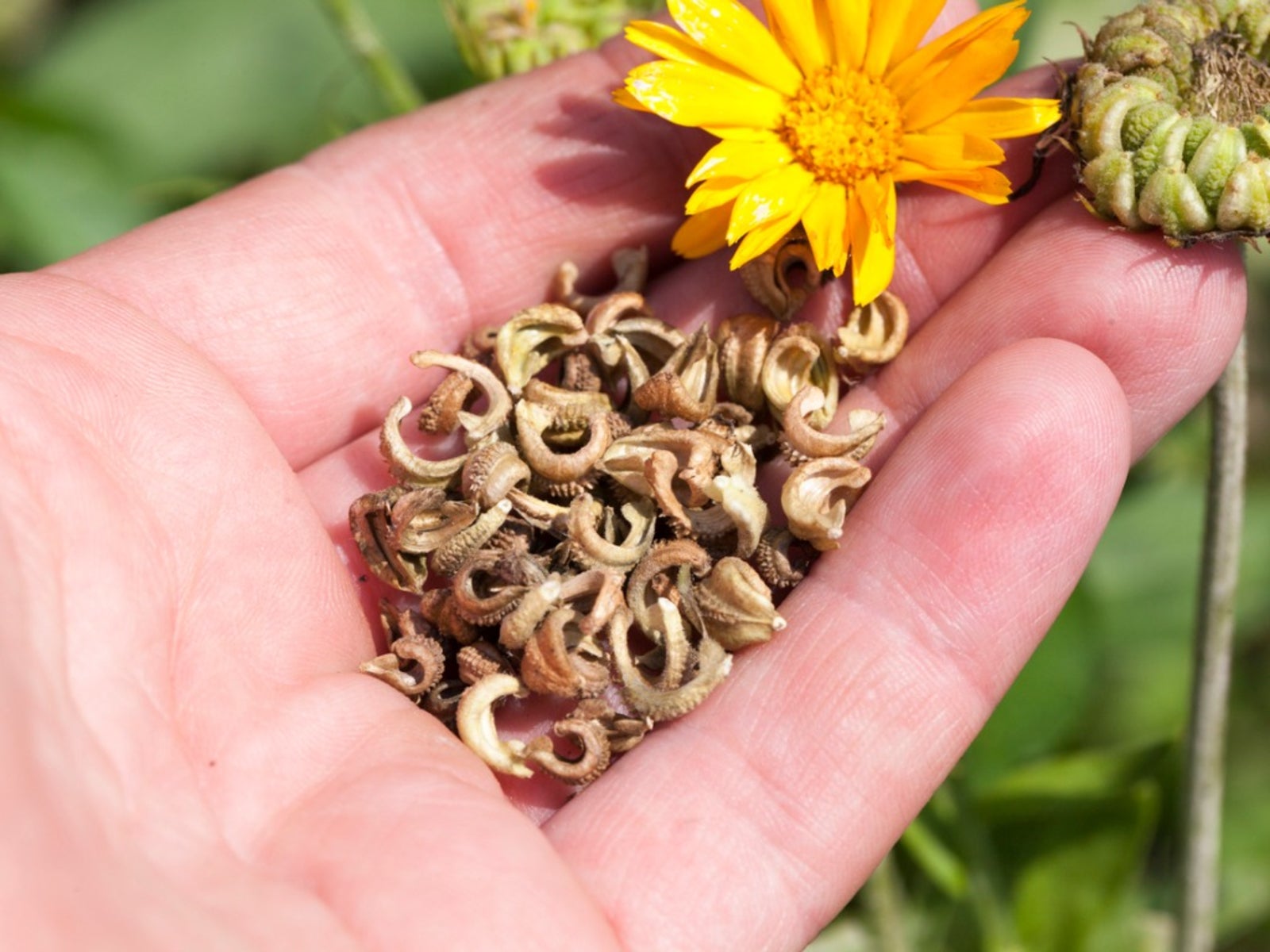
Dotting the majority of the neighborhood for much of the year is calendula. In a mild climate, these sunshiny beauties bring color and cheer for months on end, plus propagating calendula plants is also quite simple. Generally easy plants to grow anyway, propagation of calendula is quite simple even for the most novice of gardeners. Read on to find out how to propagate calendula plants.
About Calendula Propagation
Pot marigolds (Calendula officinalis) are bright, cheerful, daisy-like flowers that, depending upon region, can stay in bloom practically year-round. In fact, their name is derived from the Latin calends, meaning the first day of the month, a nod to their practically perpetual blooming period. For many areas, calendula propagation is a singular event, meaning that once you start growing calendula seeds, there is likely no need for future propagation of calendula since the plants easily and readily re-sow themselves year after year.
How to Propagate Calendula
Although referred to as pot marigolds, don’t confuse them with marigolds from the genus Tagetes. Calendula is in the Asteraceae family. This means they don’t develop just one seed but rather several, making gathering seed for propagating calendula plants a simple matter. Of course, this is also why once they have been sown it’s likely that you will be greeted with more calendula in the successive spring. Once the plants have completed blooming, the seeds will fall to the ground on their own. The trick is to harvest them before that happens. Wait until the flower has started to dry up and the petals are beginning to fall and remove the seed head with some pruning shears. Lay the seed head in a cool, dry area to finish drying. Then you can just shake the seeds out of the seed head. The seeds will be dry, brown, spiny, and curled. Store the seeds in a sealed glass jar, in paper seed packets, or in Ziploc type baggies. Be sure to label and date them. Now you are ready to start growing calendula seeds again the next season. The seeds need only be planted shallow indoors prior to planting out or wait until the last frost has passed and sow them directly in the garden.
Sign up for the Gardening Know How newsletter today and receive a free copy of our e-book "How to Grow Delicious Tomatoes".

Amy Grant has been gardening for 30 years and writing for 15. A professional chef and caterer, Amy's area of expertise is culinary gardening.
